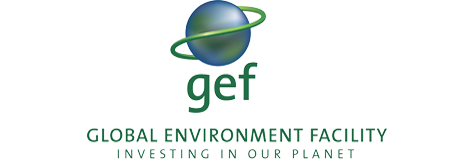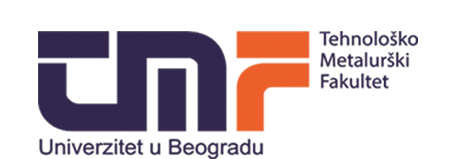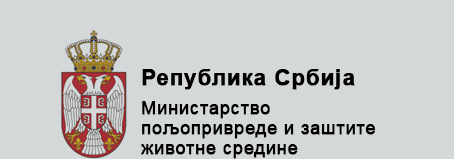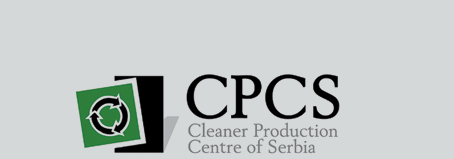Where PCBs could be found?
PCBs were first identified in the nineteenth century and started being manufactured on an industrial scale in 1929. They were intensively used between 1920 and 1980. Most widespread uses of PCBs could be divided as:
PCBs use in Open applications Prior to 1975, PCBs formed part of the composition of many products. Among their uses were bonds or plasticizers in varnishes, polishes, paints, inks, glues, copying paper, etc. Also found in various other products, such as insecticides, packaging, lubricating and cutting oils.
and PCBs use in Closed applications They are used as dielectric fluids: fire-resistant liquids in transformers (and, therefore, mixed with chlorobenzenes), in capacitors, switches, etc.; Coolants, in places where no fire-risk may be tolerated (as in the transport by boat of inflammable products); Hydraulic fluids: for safety reasons where there are heat considerations (e.g., in certain mining installations).
More detailed usage of PCBs and formed waste are described on following figure:

The EPA analysed the total consumption of PCBs in the Worlds and concluded that 60% of all PCBs are in electrical industry in the form of dielectric fluids in transformers and capacitators as it is shown on figure below.

The Basel Convention has defined PCBs as any substance or material with a PCB concentration of above 50 ppm. Unidentified appliances must be presumed to be PCB-containing pending their identification by screening or laboratory analysis.
Regulations in force in the industrialized countries:
United States:
· Manufacture and marketing of PCBs prohibited since 1979
· All wastes containing more than 50 ppm of PCBs (50 mg/kg) are considered to be PCBs
Australia:
· Definition of PCB: > 50 ppm
· Concentrated PCB: > 10 % PCBs (100 000 ppm)
· Non-PCB: < 2 ppm
· Removal and destruction of equipment in use
European Union:
1996: Directive 96/59/EC on the destruction of PCBs
· Destruction of all PCBs by 2010
· All wastes containing more that 50 ppm of PCBs (0.5 mg/kg) are considered to be PCBs
· Appliances contaminated to a level between 50 and 500 ppm may be retained until the end of their service life, provided they are identified and labeled
PCBs Serbia
Articles
The aim of this page is to show information on health effects, environmental impact, technical information and general information on polychlorinated biphenyls commonly known as PCBs. The main scope is to inform Serbian audience about National PCB Management Plan, all relevant legal framework and regulations in the Republic of Serbia and worldwide. This web page will help all potential PCBs owners to find all relevant information on technical guidelines, safety procedures, protocols and standard operating procedures for PCBs contaminated oils, equipment and soil, list of services, analytical procedures, laboratories, etc.
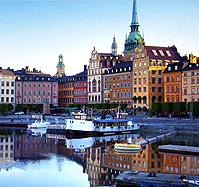
The Stockholm convention
The Stockholm Convention on Persistent Organic Pollutants (POPs) was adopted by the Conference of Plenipotentiaries on 22 May 2001 in Stockholm, Sweden. The Convention entered into force on 17 May 2004.
READ MORE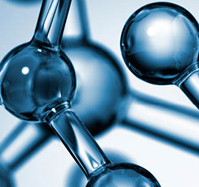
PCBs
Polychlorinated biphenyls (PCBs) are aromatic, synthetic chemicals which do not occur naturally in the environment. They consist of the biphenyl structure with two linked benzene rings in which some or all of the hydrogen atoms have been substituted by chlorine atoms.
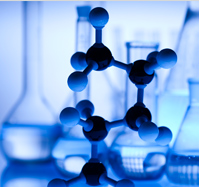
Where PCBs could be found?
PCBs were first identified in the nineteenth century and started being manufactured on an industrial scale in 1929. They were intensively used between 1920 and 1980.
READ MORE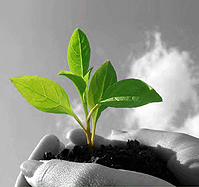
Impacts of PCBs on health and environment
PCBs are identified as persistent, bioaccumulative and toxic (PBT). Because of their persistence, PCBs continue to be found in the environment and contamination from legacy sources remains a problem.
READ MORE
